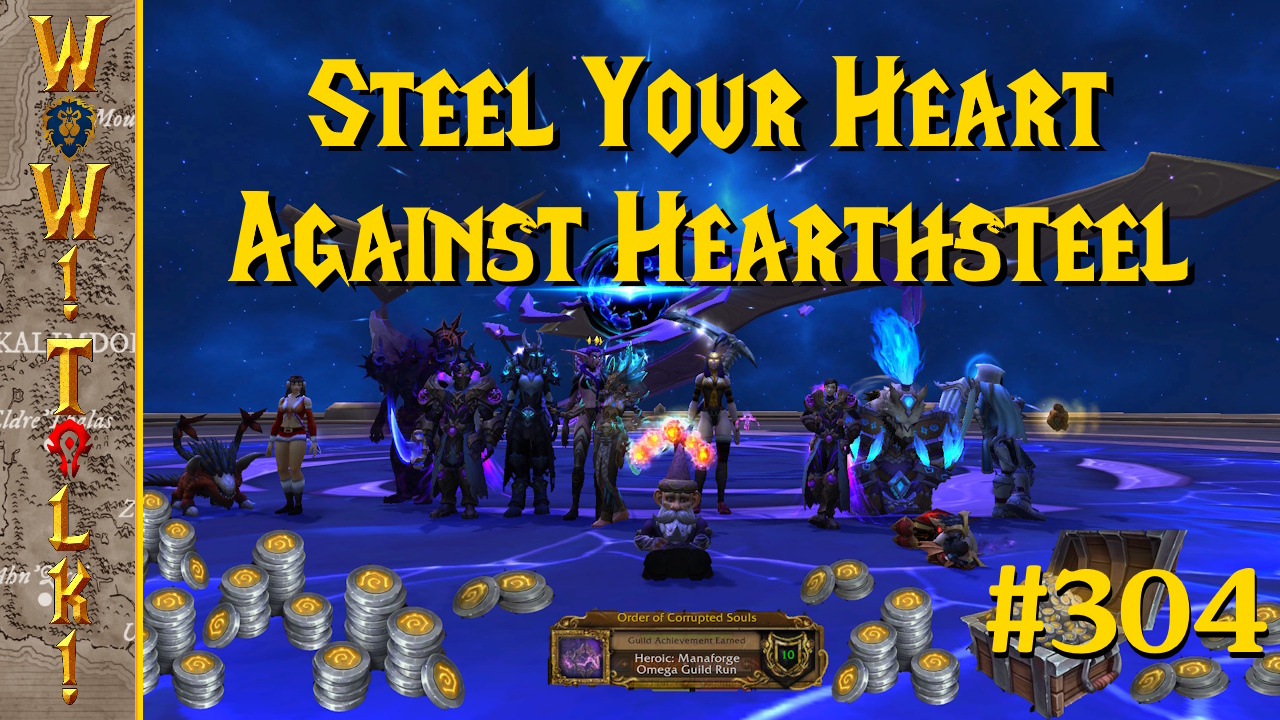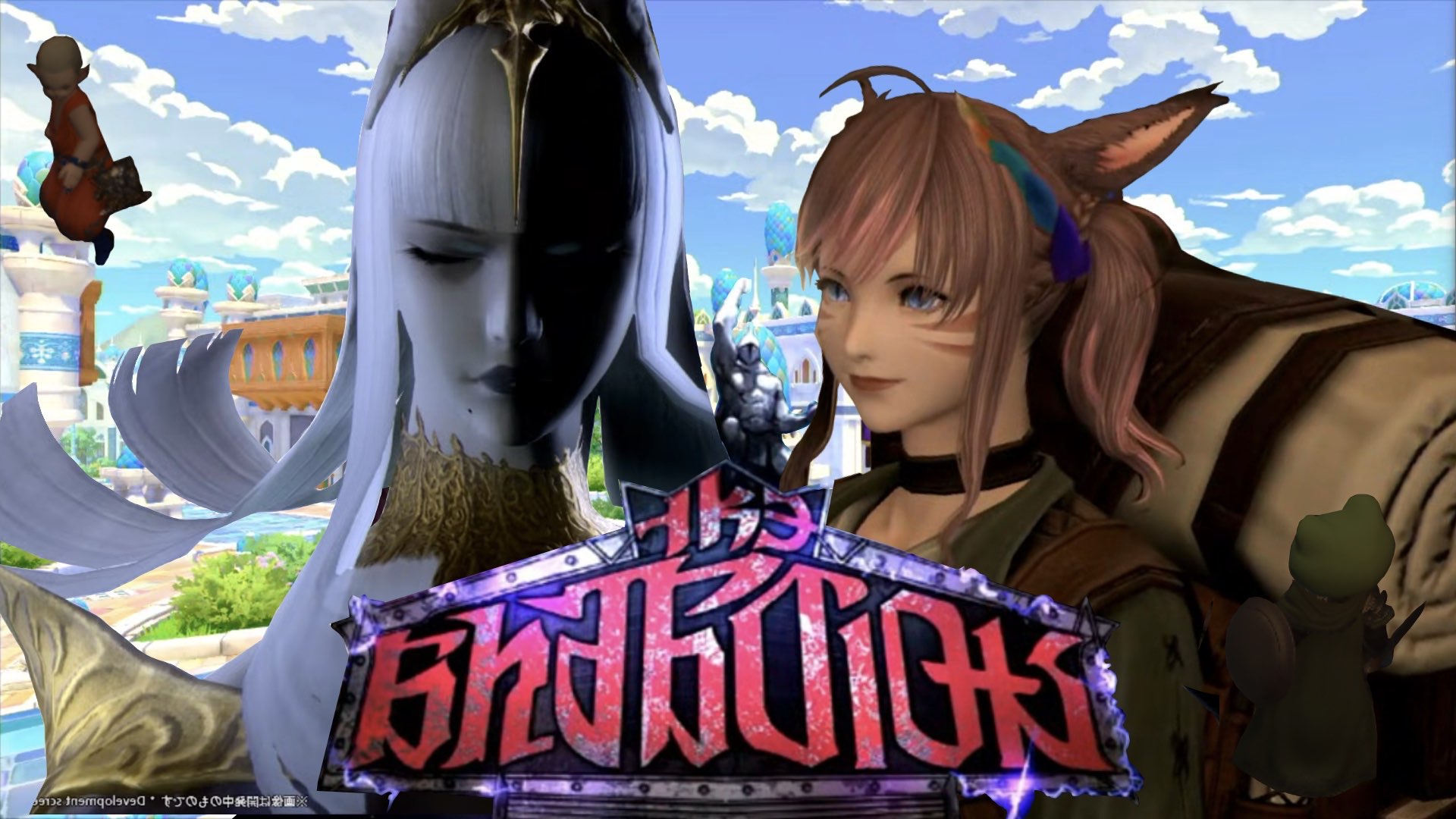
Brothers and sisters, come close… lend me your ears! For too long have we been bombarded with boring, easy shooters. Games lacking skill, learning curve, or any challenge for those of us well versed in the first person shooter genre; shooters made to help the noobs feel good about themselves as if they were worthy to even lick the mud off of our boots. We live in dark times indeed. But I’ve come to deliver the good news. Truly I say to you, my friends, there is light on the way. A shooter that requires skill, tactics, strategy, and cunning. The wait will not be long now for our brothers at Tripwire Interactive are bringing us Red Orchestra 2: Heroes of Stalingrad.
A little too dramatic? Maybe. But I’m trying to express to you the feelings I had while playing RO2 for the first time. I played the original Red Orchestra way back when, and I’m happy to say it’s still Red Orchestra. For those who don’t know Red Orchestra, it’s a semi-simulation FPS based on WWII. Some aspects have been updated to keep things interesting in our modern age, but at its core is what you expect from a game with the Red Orchestra name. When you first step into a server you can immediately tell the difference between RO2 and other shooters: an extremely minimal HUD with no ammo count, no crosshair, and no health indicator. All you see is a mini-map on your right side.
Sometimes you will see a figure of a man pop up, but that’s only when you get shot so you can see exactly where the damage is being done. We will get into this a bit later because it really affects the gameplay. The environments in RO2 paint a picture of Russia torn to shreds by war. A lot of the levels are snow-covered so it looks even more depressing. While the building textures aren’t going to blow your mind, the structures are very well done. Each building you come across looks unique on both the inside and out; something I consider very important when thinking about competitive play since it’s easy to identify and describe where you are to your comrades.
Some of the levels where you cover large expanses of open ground do seem a bit bare, but I suppose this is the point for levels which are pretty much sniper heaven. Character models look good too, with both walking and running motions looking smooth and natural. Each weapon’s textures look clean and unique with realistic firing effects adding to their authentic feeling. Some levels have bombing going on, and if you’re close enough, the building you’re in will shake, further pulling you into the game. All of that, plus the game running at 60fps on my system, comes together to make a great overall visual experience.

As I mentioned earlier, the gameplay is something that we don’t see too often when it comes to shooters anymore. Don’t think you’re going to come in here Call of Duty style and be okay. Running around the map recklessly is the easiest way to rack up someone else’s kill count. While gameplay isn’t slow, it definitely moves at a measured pace. You will find yourself running from cover to cover so you can safely check out an area before you move ahead. There are several game types were you don’t have unlimited time, so you need to balance out exactly how carefully you should move with how fast you get to your destination. Being too careful may keep you alive, but ultimately cause you to lose the game.
Strategy and teamwork is a must. Communicating with your team on where to hit and how to do it can mean the difference between taking an objective or getting slaughtered by the defense. There are two sides to choose from: Axis and Allies. Each side has unique weapons, but have comparable arsenals so it stays balanced. There are multiple classes to choose from, but the ones I mainly saw were Assault, Rifleman, Elite Rifleman (better rifle, highly limited), Machine gunner, and Marksman. The number of players that can play a class are limited based on the server population; that is, the more players in the server, the more slots open up for each class. This leads to some very balanced games where you won’t have to worry about 16 snipers when there are 20 players in the server.
Knowing the levels is a key part of the game, and there is a lot to learn about each level. Like I mentioned earlier, each level has buildings that are unique on both inside and out. In terms of internal building architecture, this has to be one of the most authentic experiences I’ve had. If you go into an apartment building it’s filled with actual apartments that, depending on the size, will have multiple rooms. In some buildings there are enough rooms and corridors to conduct segmented battles from the main battle if you and your squad find yourselves held up there.
If a room is facing the outside of the building you can expect a window, sometimes two. This gives multiple places to defend or snipe from. This has less of an effect on the person in the window and much more on those fighting outside. While moving throughout cities and towns, you will find there is a lot to look out for because there are a lot of windows. This game may actually give you a phobia of windows. I found myself on more than one occasion enjoying shootouts from between two buildings that were adjacent from each other.

Structures make great defensive points, which adds to the challenge of getting objectives because most of them are in buildings. If the defenders are smart, you will have to use your teamwork, tactics, and cover to make your way inside that building and clear it out. Since these areas have been ravaged by war, most of the buildings will have additional holes besides the front – and sometimes back door – to go through. Also, some buildings even have basements you can find your way into and make your way up from. So as much as the defense can hold up in a building well, they still have to pay close attention to each entrance or they can find themselves easily overrun.
While there were a few tightly-knit city maps, you also have maps with wide open spaces. These maps require different tactics altogether and are usually all about rifle play. I found myself having to pay close attention to detail on these maps. You can go prone in this game, and honestly it can be hard to see someone if they aren’t moving. On several occasions I had to wait for someone to fire so I could see the flash from their muzzle to get their location and take them out. Same thing would happen to me. One moment I’m killing an enemy; next moment I’m dead. One thing I can say about every map I played is they are all engineered to produce some very intense firefights – and not the “spray and pray” type either. Tactics and precision are rewarded with victory.
The maps are large, which is to be expected for a game that can house 64 person multiplayer. Luckily, most game modes are centered around objectives that have to be captured before moving further down the map. Naturally this means everyone gravitates to these locations and you typically never spawn too far away from them. In one game mode you are forcefully moved up once you take an objective so you know everyone will be there. The high density of players in one area produces some really tense moments, but the maps are still large enough so you don’t feel claustrophobic. Some maps give you an opportunity for a really unique perspective; one level in particular throws a tank into the mix.
While it’s not required to have three people in the tank, you would be better off if you did. If you’re by yourself you will have to switch from seat to seat to perform functions. To break it down, if you’re shooting, you’re not driving, and vice-versa. There is a seat for the driver which is inside the tank and your only view out are the two small view ports in front of you. As a gunner, you pretty much can only see out of the tiny hole in front of you and can only change your view by moving the gun. The person on the cannon has the largest view and will likely provide the most input to the crew. You can damage individual parts of tanks, such as the engine to immobilize it, and make a much easier target. Tank play can be fun, but only if your crew communicates.

Tanks aren’t the only things that take individual damage; so does your body. As mentioned before, you can get shot in various locations on your body that show up on your HUD if you are hit. If you get hit and manage to survive, most of the time you will start to bleed; in that case you will need to bandage yourself before you completely bleed out. Sometimes you want to do this immediately, but sometimes you need to make sure you have enough time to do it because of oncoming hostile forces. You’re no super soldier though; since as you begin to bleed out it will be harder to aim and your vision will start to dim. Getting shot in certain locations cause instant death (e.g. head) while others provide you with a slow death where there is no chance of recovery. This leads me into the next area that RO2 shines in: sound design.
I have never played a game that actually made me feel bad for killing someone. To give you an example of what I’m talking about, I shot an enemy soldier in the stomach and I was close enough to hear him. He didn’t just scream and die; he bled out, crying and sobbing in Russian while he died… Slowly. For a few seconds I honestly thought, “sorry dude.” Those aren’t the only sounds you will hear. There has been more than one time I have been in a different room with an ally, heard a gunshot go off, and then heard my ally screaming, SCREAMING, in agony as he died. It’s very hard to describe the feeling that it gives you, but it definitely adds intensity and emotion into the game.
You can hear enemies as well when they scream. This is sometimes helpful for detection. More than a few times I was creeping along to a room and didn’t know an enemy was there. Luckily an ally would clip them and I would hear them scream in pain. Knowing that they were there I would come up behind them while they were bandaging up and make them take the big sleep. Besides the screams and sobs of anguish, sound is extremely important to gameplay.
Naturally, the faster you move the more noise you make. Unlike most games that allow walking or crouching, in RO2 there is no way to easily exercise stealth. You can crouch walk to make the least amount of noise, but you still make some. It only makes sense because you’re wearing a big trench coat and boots. While some may not like this, it doesn’t make it ineffective. In order to hear the crouch walk, someone has to be standing completely still with no gun fire going off around them in order to notice it.
Besides footsteps, you can interact with almost any object that’s loose in the world. Chairs, cans, books, glass, whatever. Funny thing is you don’t always see everything. On more than one occasion I was sneaking up on someone and accidentally hit a chair or stepped on a piece of glass. Each type of material you can step on makes a different type of noise. Sand, dirt, glass, wood, concrete, etc. Hearing what someone is stepping on can also be key to finding their position.

Speaking of position, positional audio is spot on. If you have a decent pair of headphones, you can easily determine the general direction a shot is coming from. This is very important because most of the time when you hear a shot you don’t have a second chance as players make every shot count. My experience is that most shooters are precise and make sure they wait for the right moment to shoot.
If you do find yourself with a second chance at life, at least you should know what direction the shooter is in and be able to react accordingly. The gun sounds in RO2 really pack a punch. The authentic sounding weapons really help pull you into the experience. The one item regarding the sound that I really found to be an issue was by default; there is music playing in every level while you battle it out. While the music selection is nice, in a game where sound is so important I found it distracting.
The last item I wanted to touch on was something that really helps with those intense gun fights: the cover system. You can run up to any wall, ledge, or window and hit one button to go into cover mode. In cover mode, whenever you aren’t looking down the sights or scoped in, you will be hidden behind cover… At least the best you can. If someone has a position above you they may be able to put a bullet into your frontal lobe. Fighting someone using the cover system makes it that much more challenging to get the kill, but stay out of cover for too long and you make yourself an easy target. I mean, the only thing sticking out is your head and a few other vital organs.
If you couldn’t tell by now, I’m extremely pleased with Red Orchestra 2. In this day and age of a FPS market over-saturated with military and space marine shooters that are all pretty much run and gun, it’s good to have a shooter that requires tactics, skill, patience, precision, and teamwork. The build I played was only a beta, and while it had its issues, my experience really drowned out the bugs that I came across. I’m very excited for it, but unfortunately I don’t think RO2 will gain the wide spread appreciation it deserves because of the difficulty, learning curve, and overall mindset you need to have while playing. While it may not be noob friendly, it’s definitely not something that would require an insane amount of practice to get the hang of.
I anxiously await the release and even the public beta so I can have more lambs to slaughter – errrr, I mean “friends to play with.” Yeah, that’s it… Friends…





